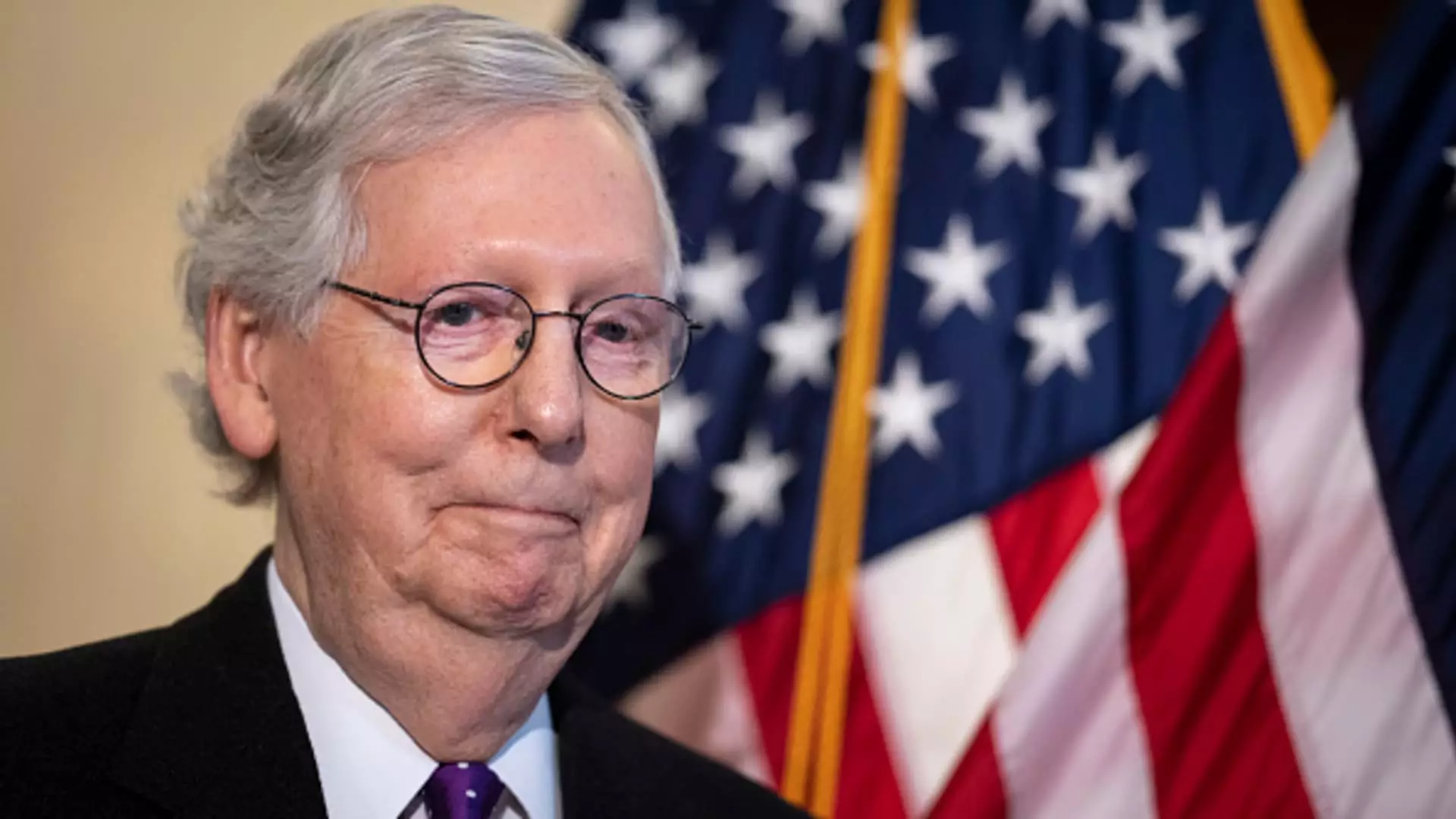As the dust settles from the recent elections, it appears the Republican Party is poised to reclaim its majority in the U.S. Senate by January 2025. This shift follows a tumultuous election cycle where the Democrats entered with 47 seats but managed to retain a slender majority thanks to the support of four independent senators. Analysts suggest that the GOP’s strategy and the political climate made it a prime contender for expansion, especially as we look toward the upcoming legislative session.
In this electoral showdown, the Republican Party had a strategic edge, as they were defending merely 11 seats compared to the 23 seats that Democrats needed to safeguard. This disparity provided the GOP with a clearer pathway to majority control, allowing them to concentrate resources and campaign efforts on fewer vulnerable positions. The situation was undoubtedly in their favor, facilitating a stronger narrative and a more united front among Republican candidates.
The GOP’s victories in pivotal states exemplify the changing tides in American politics. A significant highlight was Republican Bernie Moreno’s anticipated defeat of Democratic incumbent Sherrod Brown in Ohio, a contest that was seen as critical for the Republicans’ resurgence. Additionally, in West Virginia, Governor Jim Justice’s decisive triumph in the race to fill the seat left vacant by the departing Democratic Senator Joe Manchin further solidified Republican gains. Manchin’s departure—after shifting to an independent status—signaled a potential recalibration in the political loyalties of the region.
Furthermore, incumbent Republican Deb Fischer’s successful re-election in Nebraska underscores the party’s steadfast presence in traditionally Republican territory, highlighting their capability to maintain stronghold seats even amid changing political winds.
Financial Investments in Key Races
As with most U.S. elections, financial backing plays a fundamental role in the ability to sway electoral outcomes. This cycle witnessed an astronomical spending surge, with estimates surpassing $1 billion aimed solely at securing three critical seats in Montana, Ohio, and Pennsylvania. Such high-stakes investment exemplifies not only the importance of individual races but the broader implications of Senate control on national policy and governance.
Stepping into 2025, the Republican Party appears on the verge of a powerful comeback in the Senate, a development that could drastically alter the legislative landscape. Should the GOP secure the anticipated 51 seats, they will hold substantial leverage in shaping policy agendas and enacting legislation, possibly reversing some of the recent accomplishments put in place by Democratic-controlled Congresses. The stakes are high as we navigate an increasingly polarized environment, suggesting that the debates and decisions of the incoming Senate will reverberate across the nation, affecting both state and federal governance strategies for years to come.
The dynamics of this election cycle may also signal a shift in voter sentiment that could influence future elections, thereby reshaping the political landscape in unforeseen ways.

Leave a Reply